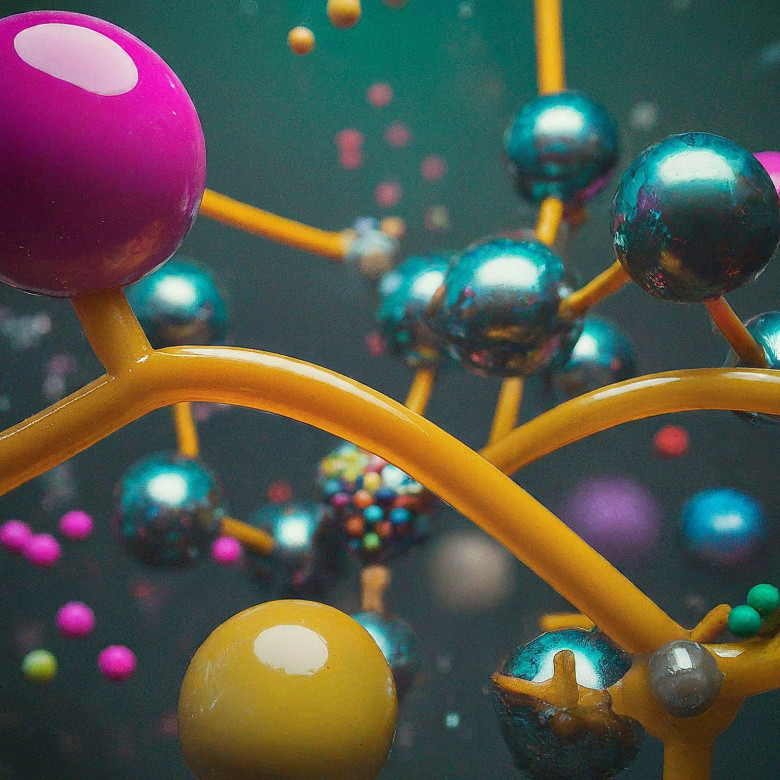views
Chemical bonds are the forces that keep atoms connected within molecules or compounds. These bonds' strength and features are contingent on the participating atoms and their electron-sharing or -transferring behavior.
Here are several prevalent types of chemical bonds which are given below:
1. Ionic Bonds:
Ionic bonds form between atoms with significantly different electronegativity, often between metals and nonmetals. These bonds result in the creation of ions with opposite charges - cations and anions. Ionic compounds generally possess high melting and boiling points and tend to dissolve readily in water. Examples of ionic compounds include sodium chloride (NaCl), potassium iodide (KI), and magnesium oxide (MgO).

2. Covalent Bonds:
Covalent bonds entail the sharing of electron pairs between atoms to attain a stable electron configuration. The strength of a covalent bond is influenced by factors such as the number of shared electrons and the distance between the nuclei of the bonded atoms. Covalent bonds can be categorized as single, double, or triple bonds based on the number of electron pairs shared. Examples of molecules held together by covalent bonds include methane (CH4), carbon dioxide (CO2), and nitrogen gas (N2).
3. Hydrogen Bonds:
Hydrogen bonds arise as a type of dipole-dipole interaction when a hydrogen atom forms a covalent bond with a highly electronegative atom such as nitrogen, oxygen, or fluorine. These bonds involve attraction between the hydrogen atom in one molecule and the electronegative atom in another molecule. Hydrogen bonds impart unique properties to water, such as high surface tension, specific heat capacity, and the ability to form ice with lower density than liquid water. They also contribute significantly to the structure and stability of biological molecules like DNA and proteins.
4. Metallic Bonds:
Metallic bonds occur in metals and alloys, where metal atoms share their valence electrons freely within a lattice structure. This results in the formation of a "sea" of mobile charge as delocalized electrons move throughout the metal lattice. Metallic bonds are responsible for the high electrical and thermal conductivity, malleability, and ductility exhibited by metals. Examples include elemental metals like copper (Cu), iron (Fe), and aluminum (Al), as well as metallic alloys such as steel and bronze.
5. Polar covalent bonds:
Polar covalent bonds arise when electrons are unevenly shared between atoms, causing partial positive and negative charges on the atoms involved. This phenomenon occurs when atoms with differing electronegativity form bonds. For instance, in a water molecule (H2O), oxygen, with its higher electronegativity compared to hydrogen, forms a polar covalent bond.
6. Van der Waals Forces:
Van der Waals forces encompass weak attractions between molecules or atoms stemming from temporary fluctuations in electron density. They play crucial roles in phenomena like surface tension, viscosity, and the behavior of gases under low temperatures and pressures. Van der Waals forces are pivotal in determining the properties of molecular substances across various states of matter.



















Comments
0 comment